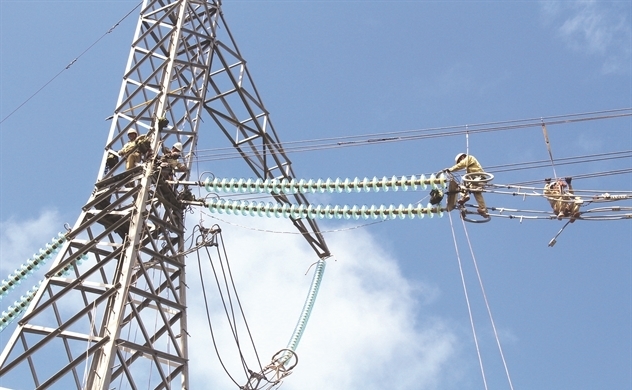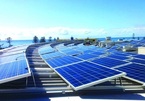Nguyen Anh Tuan, Director of the Electricity Regulatory Authority of Vietnam, hopes the proportion of imports out of the total electricity volume mobilized will decrease.

However, in fact, the total electricity production and import output of the national electricity system in 2019 increased by 8.93 percent compared to 2018, estimated at 239,739 billion kWh.
Bui Huy Phung from the Vietnam Energy Association said that importing electricity is a necessity in the context of electricity shortage.
In 2019, Vietnam imported 2.1 billion kWh from China and 1.1 billion kWh from Laos.
| As many as 47 out of 62 power projects with the large capacity of over 200 MW are going very slowly. Of 19 BOT projects, only four have become operational, while the others are still under execution or negotiations. This has led to the prediction that Vietnam would increase the imports. |
As many as 47 out of 62 power projects with the large capacity of over 200 MW are going very slowly. Of 19 BOT projects, only four have become operational, while the others are still under execution or negotiations. This has led to the prediction that Vietnam would increase the imports.
After problems, Petrovietnam Construction Joint Stock Corporation (PVC) is just a nominal name. PetroVietnam continues running the Thai Binh 2 Thermal Power Plant which has the total investment capital of VND41 trillion.
According to Dinh Van Son, a member of PetroVietnam’s Board of Directors, Thai Binh 2 needs VND2.5 trillion to be able to run at least one 600 MW power generation unit by 2020.
To date, 84 percent of the workload of the project has been implemented, but the difficult parts are in the remaining workload.
However, what concerns the public is the risk in exchange rate. The power industry reported the VND3.09 trillion loss because of the exchange rate fluctuations, and the loss is believed to affect the electricity pricing.
According to the Electricity Regulatory Authority of Vietnam, the average exchange rate in 2018 was VND23,060 per dollar, an increase of VND311 per dollar compared with the VND22,749 per dollar price, or 1.37 percent.
The exchange rate fluctuations led to increases in the cost of buying electricity under the contracts which define US dollar as the payment currency.
According to Nguyen Tri Hieu, a respected banking expert, in 2019, the dong depreciated by nearly 3 percent compared with the dollar, while Chinese yuan lost 8 percent of its value in comparison with the dollars. This means that the value of the dong increased in comparison with Chinese yuan.
Deputy Minister of Industry and Trade Hoang Quoc Vuong said the investors of many power plants use foreign loans in foreign currencies, so the exchange rate fluctuations will affect the electricity production cost.
Kim Chi

Vietnam to buy electricity from Laos
Electricity of Vietnam (EVN) have signed five contracts to buy electricity from two Lao firms in the 2021-2022 period following Prime Minister Nguyen Xuan Phuc’s approval.

Vietnam wants private electricity grid investment
A lack of electricity transmission grids is preventing renewable energy projects from generating at maximum capacity.
 Vietnam plans to buy more electricity from neighbouring countries, but a big loss of VND3.09 trillion is pending.
Vietnam plans to buy more electricity from neighbouring countries, but a big loss of VND3.09 trillion is pending.